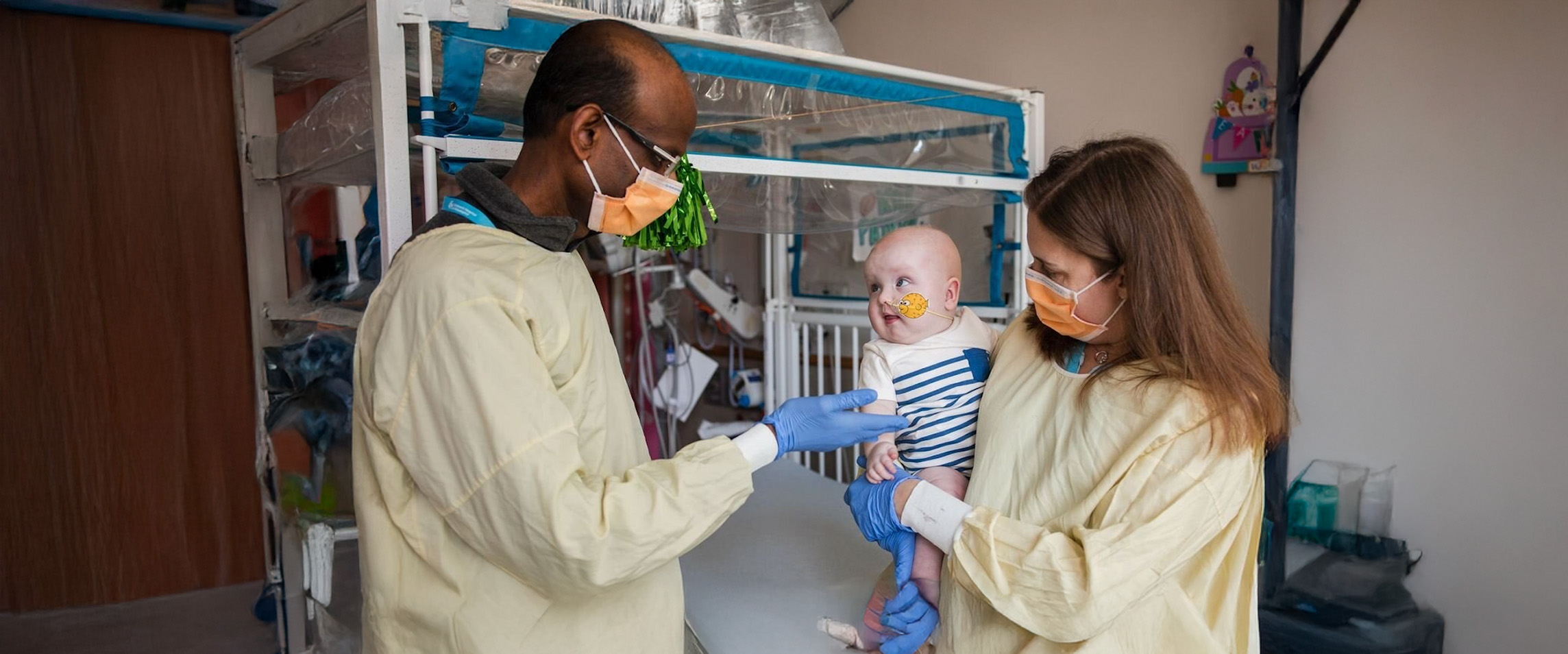From the moment CRISPR burst into the spotlight in 2012, we’ve stood on the threshold of a new era—one where DNA is not destiny, but draftable. This technology, inspired by bacterial immune systems, has rippled through labs and clinics, reaching a tipping point in 2025. Now, researchers aren’t just fixing single mutations—they’re conducting hundreds of gene editing clinical trials, launching personalized therapies, and wrestling with profound moral questions.
In February 2025, the CRISPR Medicine News database revealed that over 250 gene-editing therapies—not only CRISPR-Cas9, but advanced base editors, prime editors, and RNA editors—were in clinical trials across the globe, over 150 of them active. These trials span an incredible range: from blood cancers and sickle cell disease to metabolic disorders, autoimmune conditions, rare genetic disorders, even inherited neurological diseases.
Among the most remarkable breakthroughs is the case of baby KJ, the first patient to receive a customized in‑vivo CRISPR therapy for a previously fatal metabolic illness. Born with carbamoyl phosphate synthetase 1 (CPS1) deficiency, KJ underwent treatment at Children’s Hospital of Philadelphia using a lipid nanoparticle delivery of CRISPR base editors directly to the liver. Within months, his ammonia levels stabilized, his medication needs dropped, and his quality of life transformed—marking a dramatic departure from traditional stem-cell-based gene therapy.

This landmark is not imagined—it’s unfolding now. But with power so personal, the ethical landscape becomes just as urgent as the science. While somatic editing for disease is gaining acceptance, movements have emerged calling for a global ten-year moratorium on germline editing, where changes would pass to future generations. The world remembers He Jiankui’s 2018 experiment in China—introducing heritable edits in embryos without solid safety data—and its fallout has reshaped international policy.
Still, not all gene editing is created equal. Approved therapies, like Casgevy (exagamglogene autotemcel), offer a glimpse of real-world impact. Casgevy promises cures for sickle cell disease and beta-thalassemia, by editing a patient’s own blood stem cells to boost fetal haemoglobin—a permanent, one-time treatment approved in the US, UK, and EU by 2024. Meanwhile, university-led trials are exploring CRISPR-enhanced immune cells to fight aggressive GI cancers by disabling the CISH gene in tumor-infiltrating lymphocytes—showing early safety and efficacy signs.
These advances are extraordinary, but they don’t come without shadows. New gene-editing systems like TIGR-Tas promise more precision and fewer off-target effects—but remain early-stage and untested in humans. The specter of designer babies looms large: even as laws prohibit heritable editing, private IVF clinics are exploring polygenic embryo selection for intelligence or height, stirring fears of inequality and a genetic arms race.
As CRISPR crosses into mainstream treatment, governance frameworks—the WHO, US FDA, and international treaties—are racing to keep pace. The question now is not only what we can do, but what we should do. Because every edit carries consequences—some for a single child, some for the human germline, and some for the moral fabric of our society.








